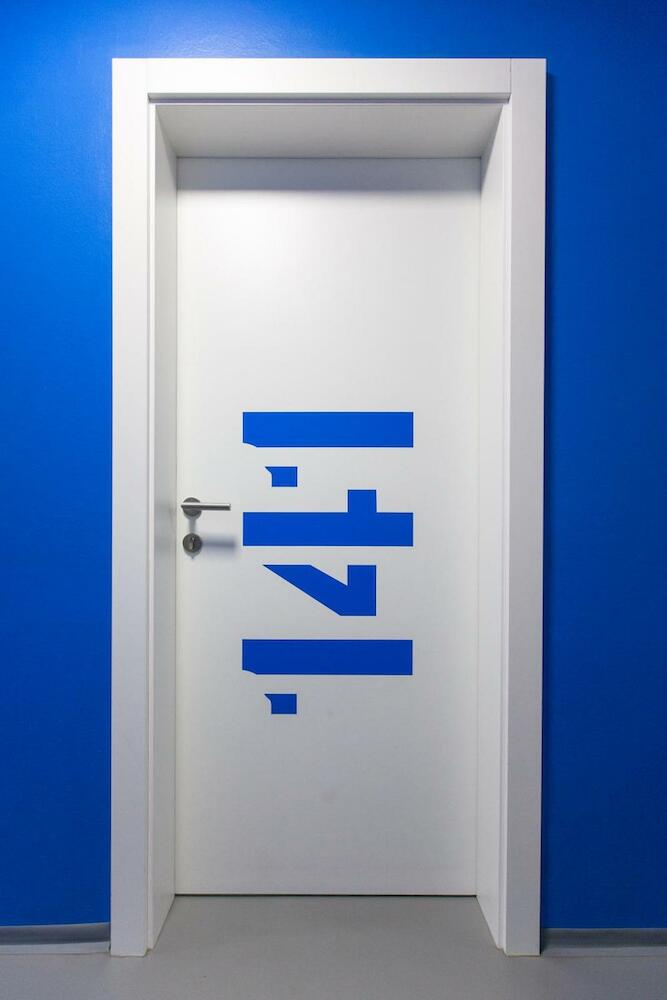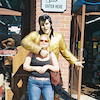Looking for budget stays in Postojna? This section is designed to save you time, money, and unnecessary stress. We've got insider tips to help you find affordable hostels and the cheapest places to stay in Postojna.

Located between the capital and the coast, the town of Postojna is home to two of Slovenia’s best-known tourist attractions, but it attracts few overnight visitors. Most visitors arrive on coach trips from the coastal resorts of northern Croatia or from Ljubjlana, and even during the peak season, visitors staying over may find the town eerily quiet in the evenings.
A couple of hostels in Postojna cater well to the needs of backpackers; you have options in the city centre and also just a couple of minutes' walk from the main square. Alternative accommodation can be found by looking for the "Sobe" sign outside private homes around the town.
The twin attractions of Predjama Castle and the world-famous showcaves of Postojna can be visited in one day. A land train takes visitors the eleven kilometres between the two sites in the summer months. The caves are the longest show caves in Europe; a little train takes visitors around the first section, weaving among the brilliantly coloured stalactites and stalagmites. After a brief walk, the tour ends in the wonderful great hall cave, which often hosts concerts. Also in the caves complex is the Vivarium Proteus exhibition, which looks at the tiny cave dwelling olm, known affectionately as the "humanfish," which is found only in the karst caves of Slovenia.
Predjama is one of the most striking of Slovenia’s many castles; it is a Renaissance castle built in a cave some just over a hundred twenty metres high in a cliff face. Only the façade is visible and there is only one way to enter the castle. The front section of the castle houses a museum but the rest of the castle can only be toured at certain times of the year due to a large colony of bats that inhabits it.
Postojna’s hostels may be a useful option for visitors who wish to experience some of the area's more energetic activities such as cave exploration and hiking. Nearby Mount Nanos is a twelve-kilometre-long limestone plateau where World War II partisans fought Italian troops for control of the country's western border; its highest point is Suhi Vrh, from where you can see Mount Triglav to the north and the Adriatic to the south.
Written by Travel Expert Postojna
 Fiona Thompson
Fiona Thompson